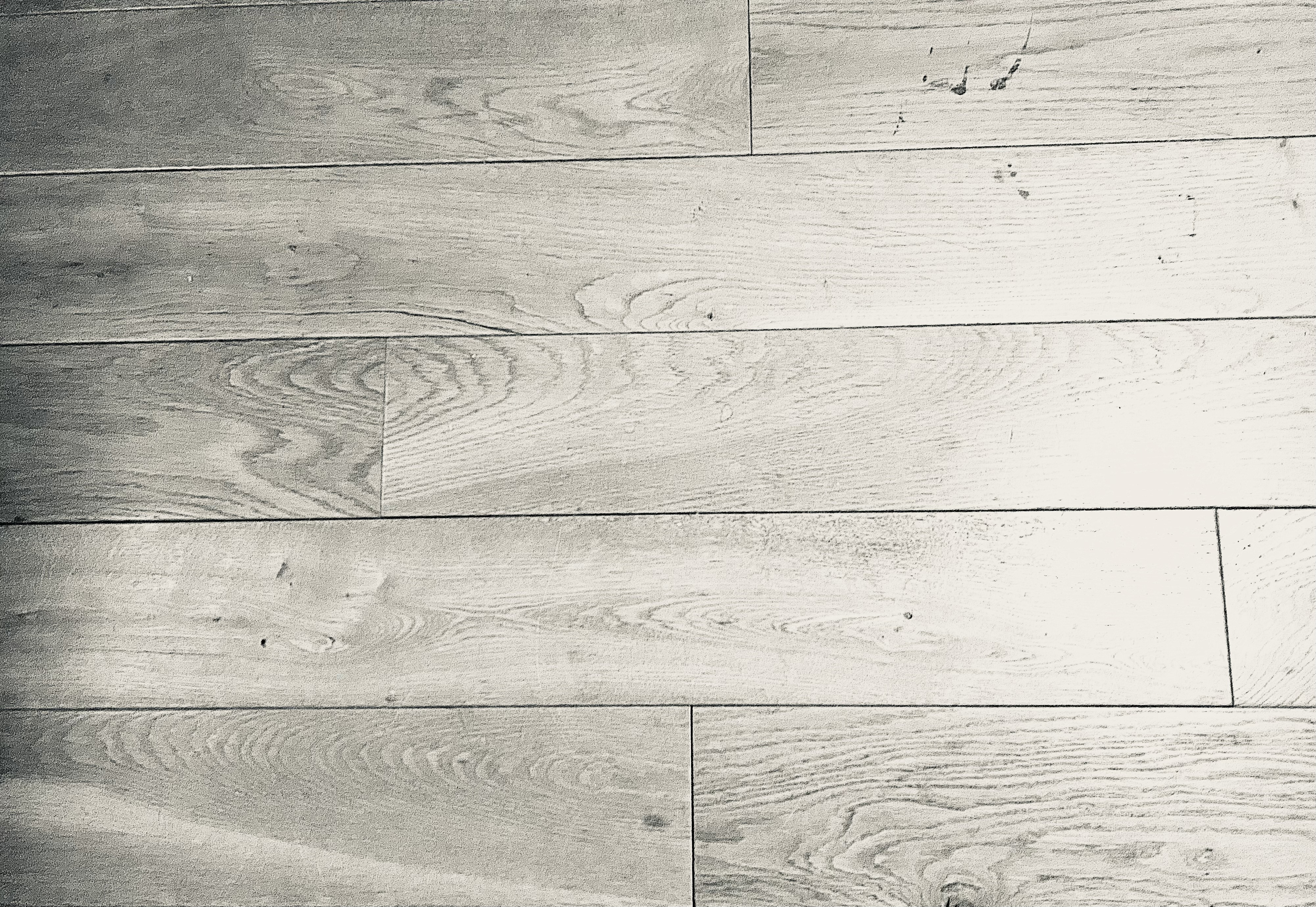.., is a PERFORMANCE in CONTINUUM.
Layer on layer.
A tone stretching into infinity
- as life itself.
Listening and sounding
- as acts of meaning-making -
marries sacredly around and into
the safe line of extended
breathing/sounding/caring
for the Other.
Expanding physically, mentally, spiritually, existentially...
Words and sound synchronice
through past memories,
overspilling presence,
and future imaginations.
Feelings, dissonances,
syncronisations,
cold, warmth,
humidity.
Including
ALL and NOTHING.
collaborators in ALEPH:
Amori Mori Jorge Alcaide
Elisabeth Laasonen Belgrano
Jonas Nilsson
Juan Carlos Poblete
Drew Sky
Recorded and edited in continuum in Kulturtemplet/Gothenburg, Manchester/Bolton
2020
a short video performance-essay-engagement exploring vocality, voicing, listening, and silence. The work will be a performative invitation to listen, to contact, and to respond with silence, stillness, movement, body, breath, and / or voice. The video may be projected in a suitable space as an installation or as an intimate experience on a computer with headphones.
Misha
What kind of alternative ways of listening can we find through artistic experiments?
What does listening mean in the time of pandemic, who and what do we listen to? How do we make meaning of what we hear? How can we find ways of empathetic presence without physical presence?
Anna
Listeing to the process. Tuning into non/existing acts of and silences... Tuning in to the spirit of our senses.
Eli
"how we might engage with silence/ absence/non-meaning in ways which do not impose an over-hasty closure of the phenomena by relegating it all to logical negation. Whatever silence ''is'', it is not merely ''the absence of sound'', It meshes with meaning in all sorts of synchronous ways which seem necessary to any dialogue.
Yesterday I took a tape-loop from a total stranger on FB and listened to it until the ''meaning'' and ''feeling'' evaporated. A little like repeating a word until all there is left is the materiality of the vocalisation. But the conscious mind detests a vaccum, and soon enough the ear and brain and body start to invent meanings in the nuances. We stare into the fire and make dragons, we join the dots of random stars and make constellations, After about twenty minutes I began to ''hear words'' in the one-minute tape loop. In Deleuze's or Jane Benett's terms, or Walt Whitman's, the process is ''allowing matter itself to speak..'. Within three, maybe four hours I had assembled a poem/song and posted it on Youtube, I would be interested in repeating the practice under similar conditions for the conference, making pieces from loop-tapes of my fellow contributors. it would be interesting to explore not the ''Logos '' or propositional content of your voices, but your voices themselves... to try to amplify ''what your voice has to say'' regardless of lexical meanings.
Mark
I physically express my current situation, story, in motion. If you are two, it is done by both bodies without connection to each other, ie two subjective monologues that can grow into a duolog, ie each and doing his thing in turn without response from the other. The next step is that one tries to listen to the other, to tune in physically to the other's movements, both as imitating but also in his own way. Then it is done the other way around. That is, the other listens to the first, and so on. The third step is the dialogue, where based on each person's movement possibilities, an intermediate area is found where the creation takes place and a common story / listening communication in motion.
Elisabeth
how we can learn to let go of that need to control the listener's experience. When we speak to someone in person, we cannot really grasp how we are being perceived and listened to. But we may be inclined to control the experience as much as we can, to help better relay the meanings that we want to convey and be understood more accurately. We feel we can somewhat control the experience because we hear ourselves as we speak. We generate an idea of how we come across to the other person. As we hear ourselves, we make tweaks to it as we go. We may make use of our tone of voice, a conscious choice of words, gestures, facial expressions. Or, we may rely on a fundamental trust in that person’s relationship to us and their ability to grasp what we say.
There could be two people sitting face to face in a dialogue with each other, but they are both wearing earpieces that emit random disruptive noises. The earpieces do not play the same noises at the same time, so one person who hears a random noise would not be able to assume that the other person hears the same thing they do. However, they will see the person flinch, look lost, confused, uncertain, annoyed etc.... and they will not know if that reaction is because of what they said to them, or because of the noise they hear in their ears that is disruptive to them....
Or it might not be disruptive, but it may change the overall emotional experience of how they perceive what the other person say.....So.... maybe in addition to random disruptive noises, we can also play ambient or epic music--- to romanticize or dramatize what they hear from the other person??
Sophia





